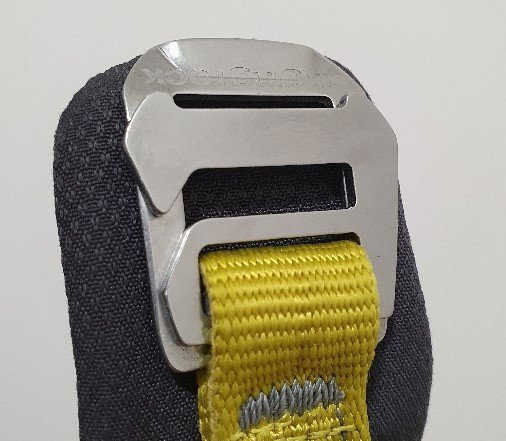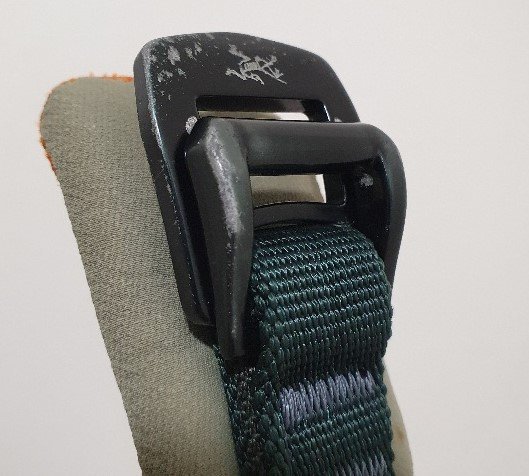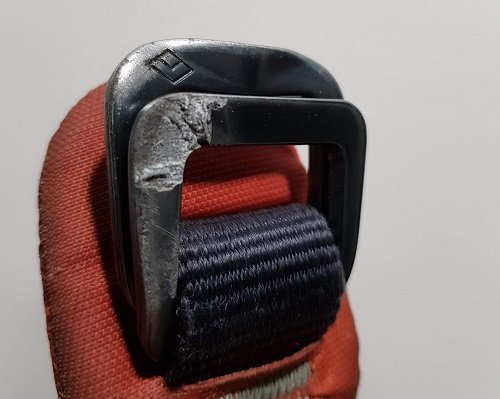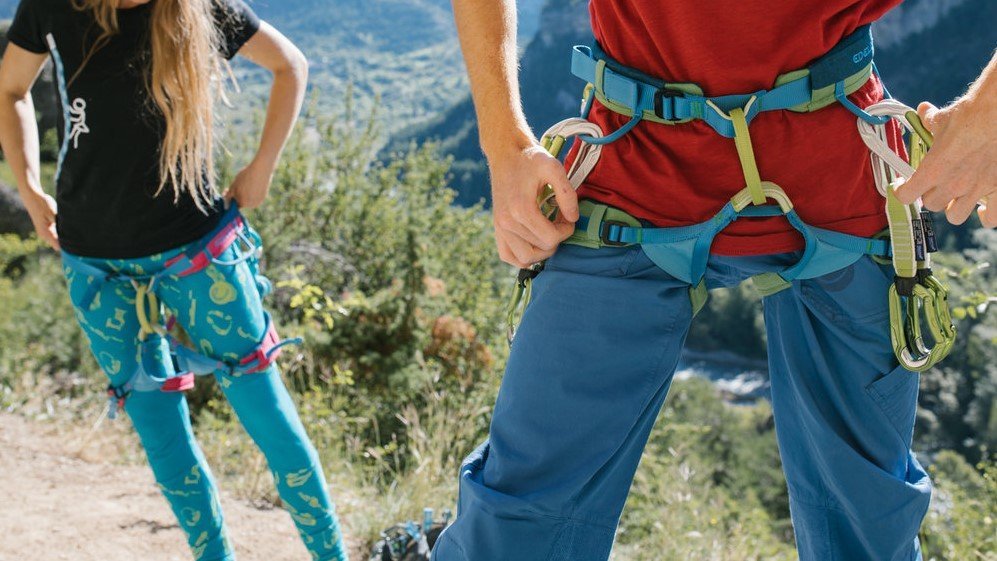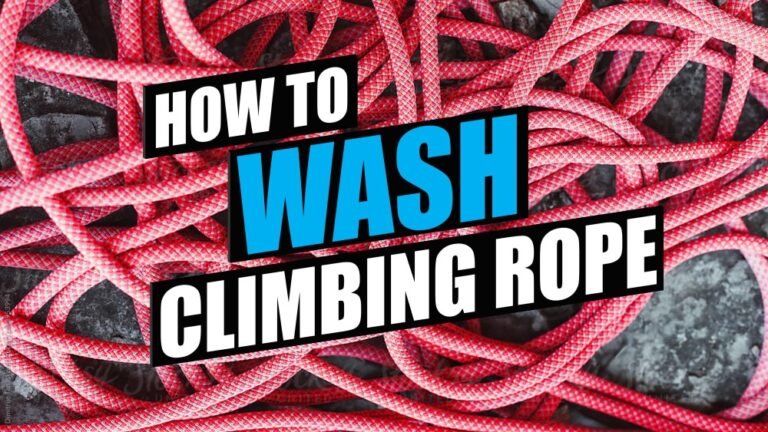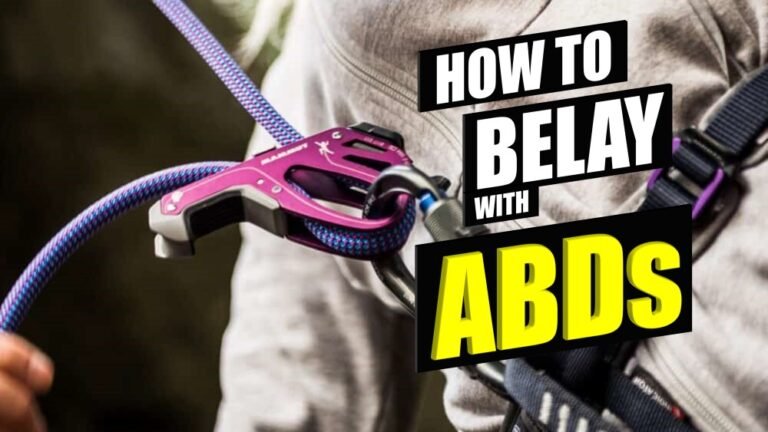How to clean and maintain your climbing harness? Apart from your climbing shoes, your climbing harness is the smelliest climbing gear you’ll own. It absorbs your body’s sweat and odour especially if you are climbing in a hot and humid climate. Hence you should wash your harness regularly to ensure your climbing buddy doesn’t go off looking for a new partner.
When to wash your harness
Harnesses can get very dirty and smelly because it absorbs your sweat and if not washed your sweat can corrode the buckles on your harness. Washing can help to remove dirt and sweat from your harness. A clear sign you need to wash your harness is when you detect a foul smell coming from your harness waist belt.
How to wash your harness
Do not toss your harness into the washing machine or wash it with strong chemicals such as bleach. A bucket of lukewarm water with mild soap such as shower foam will do just fine. Give the harness a good soak and rinse a few times with clean water. There is no need to brush. However, if you are one of those people that have the urge to brush the shit out of your harness do it with a soft-bristled toothbrush. This way you don’t damage the material and threads on your harness.
After washing, hang your harness to air dry. Somewhere near a window where it is breezy but keep it away from direct sunlight. Never dry your harness under the sun. Harness materials such as Nylon and Polyester are subject to slow deterioration by the chemical effect of UV rays.
How to store your harness
After washing, make sure the harness is completely dry before keeping your harness in a dry storage area.
How to prevent buckle corrosion
Buckle corrosion is one of the main reasons why harnesses are retired way earlier than they should. Having personally experienced (twice) buckle corrosion on a brand-new harness after just over a year of usage. Hence I have great advice on how to deal with this issue.
Climbing at crags near the sea or climbing topless in a hot and humid climate with your harness soaking up sweat are some of the main reasons that cause buckle corrosion.
There are different types of harness buckles. Some materials are more susceptible to corrosion than others. A good practice to minimize the likelihood of buckle corrosion is to clean your harness buckle and the connecting nylon strap with tap water after each climbing session especially if your harness is soaked with sweat. This will help to wash away any “corrosive coating” e.g. your sweat from the buckle.
With regular cleaning and maintenance, a climbing harness can last for a long time.
Harness recommendations
You can buy harnesses with buckles made of stainless steel or with a spray painting/powder coating treatment process. These buckles have a higher corrosion resistance.
This is not a sponsored post. However, based on the different types of harnesses I have used in the past I highly recommend Singing Rock and Arcteryx. All Singing Rock harnesses use stainless steel buckles. The buckles look like it’s still brand new after using them for more than 2 years climbing in the hot and humid Southeast Asia climate. Arcteryx harnesses use spray-painted or powder-coated buckles which are just as durable (although a lot more pricey).
OSHA Harness Inspection Guideline
